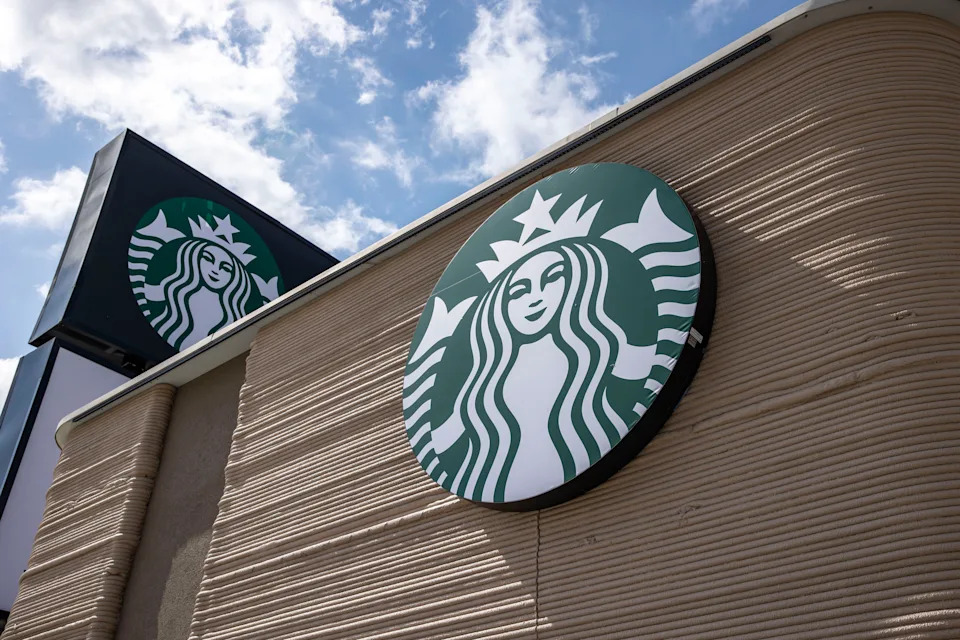McDonald's Faces Slowing Traffic and Sales: What’s Behind the Decline?

McDonald's, a name synonymous with quick service and value meals, is currently facing a significant shift in consumer behavior. Recent financial reports highlight that even industry giants like McDonald's are not immune to broader economic pressures. In this article, we examine what’s driving fewer visits, analyze the challenges ahead, and spotlight how McDonald's is adapting.
Consumer Traffic to McDonald's Restaurants Drops
In 2025, McDonald's reported a notable decline in restaurant traffic, despite ongoing promotions and value meal offerings. According to the company’s first quarter results, both low-income and middle-income consumer visits fell, signaling a wider trend in the restaurant industry. McDonald's CFO Ian Borden explained that "people are just visiting less," emphasizing how economic uncertainty impacts dining habits.
An in-depth report from Yahoo Finance details how other quick-service leaders like Starbucks and Chipotle are experiencing similar challenges. The article highlights that saving money has become a top priority for many, resulting in reduced spend on dining out.
Economic Headwinds Hurt Sales
The burger chain’s most recent earnings reveal its worst U.S. quarterly sales decline since 2020. Same-store sales in the United States dropped by 3.6%, a figure that surprised industry analysts. Executives noted that middle-income diners are visiting less often, in addition to a continued decrease in low-income consumer traffic. Some are even skipping meals or eating at home to save money.
This trend isn’t limited to McDonald’s. The company joins Chipotle, Shake Shack, and Domino’s, who have all recorded slower or declining sales this year. According to NBC News, McDonald’s also cited international factors, including increased anti-American sentiment in key markets, as additional challenges. While demand from high-income consumers stayed stable, it was not enough to balance the overall traffic loss.
How McDonald’s Is Responding
McDonald’s is not taking these shifts lightly. Leadership remains committed to value-driven promotions and new location openings, planning to add over 2,000 outlets globally this year. Promotional tie-ins, such as a recent collaboration with a major movie franchise, have helped boost brand engagement. Still, McDonald's officials remain cautious, closely monitoring consumer sentiment and adjusting their strategy as needed.
To stay ahead, McDonald's continues to innovate its menu, enhance convenience through digital ordering, and appeal to price-sensitive customers. The brand’s experience highlights the importance of agility in a fast-changing economic environment.
Conclusion: An Evolving Landscape for Fast Food
The latest performance results from McDonald’s reveal shifting consumer priorities and persistent headwinds for the restaurant industry. As more people look to save money by eating at home, McDonald's faces the dual challenge of retaining loyal customers and attracting new ones in a turbulent market. Staying updated on changing trends will be crucial for anyone following the fast food or retail sectors. For further insights, readers can review this coverage from The New York Times.
McDonald’s continues to adapt, but its recent financial results are a reminder that even the world’s leading fast food brands must evolve with consumer behavior.